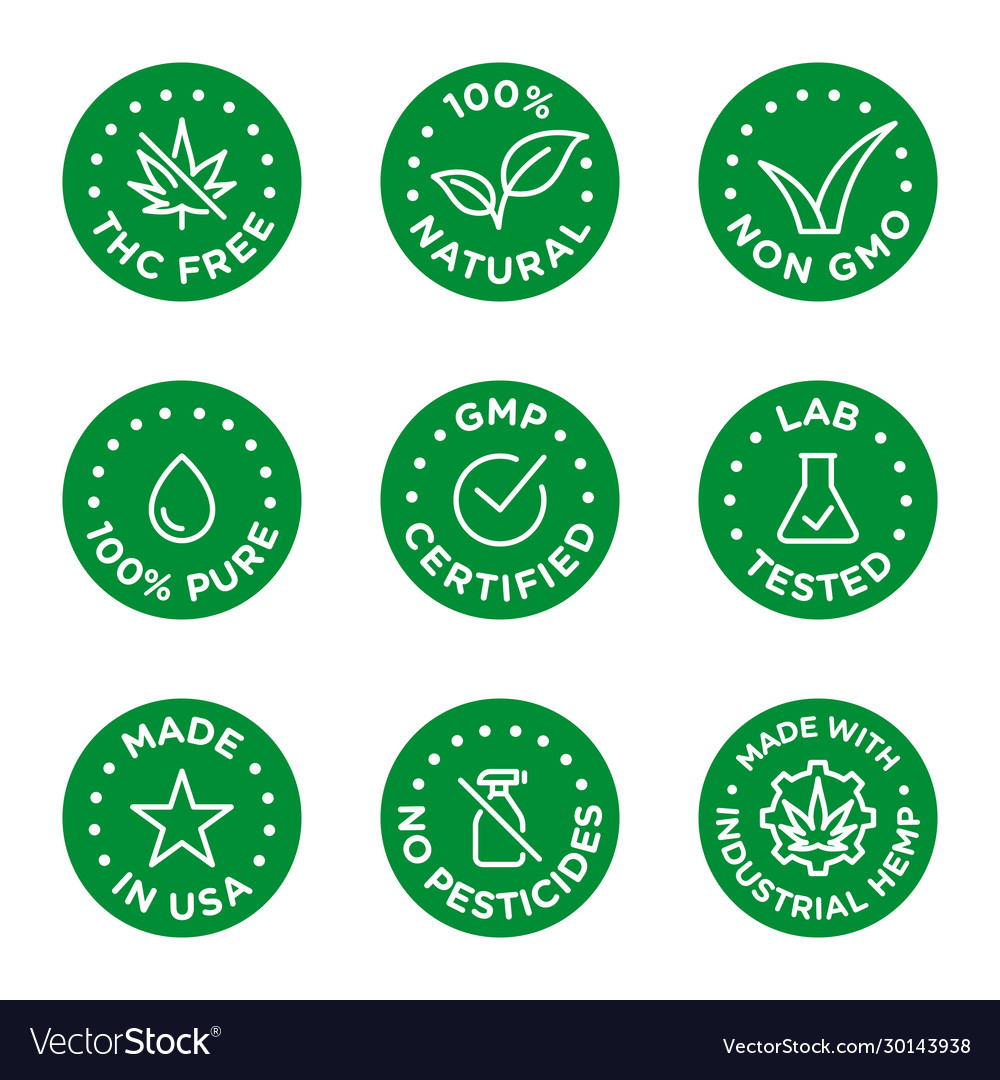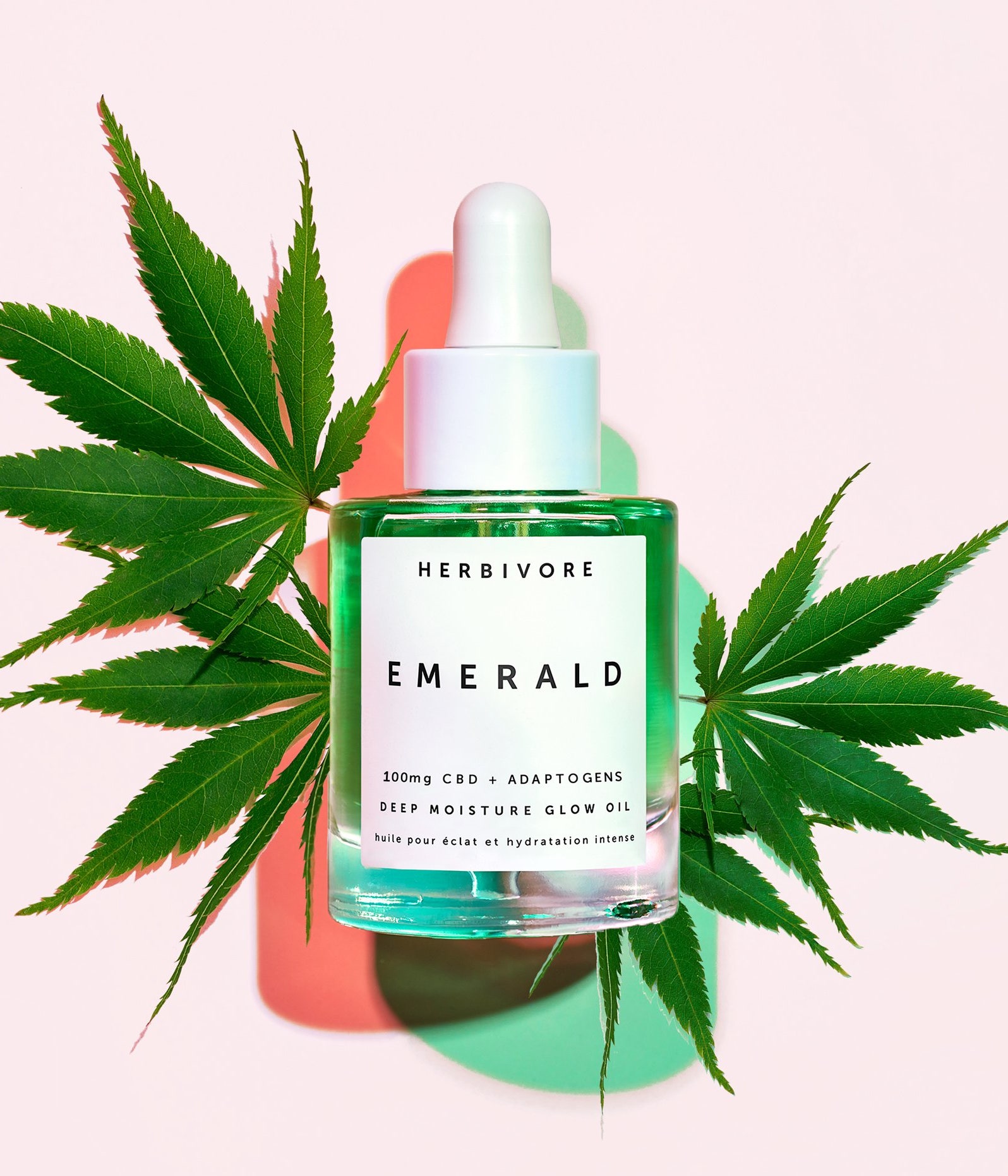
Hemp is a plant that has very little THC. Although hemp is considered a weed by some people, it is a good source of fibre as well as protein. Hemp is a great plant to use for many applications such as clothing, footwear, and even bioplastics. However, you should not consider hemp to be a viable replacement for traditional plastic. Read on to discover more.
Hemp is a form of weed
You have probably heard the term hemp before. It is a plant high in THC that is now legal in the US thanks to the 2018 Farm Bill. Hemp has a fibrous structure that produces small, white flowers surrounded by trichomes. Although hemp seeds do contain a small amount THC, it won't give the sensation of being high or make you feel euphoric. Hemp seeds can also cause immunoreactivity in the body.
It contains very low amounts of THC
Hemp seeds provide a great source of omega-3 essential fatty acids. Because they contain trace amounts THC, the seeds of the hemp plant make a great substitute for meat and dairy products. Hemp is legal in the United States because it contains very little THC. Hemp seeds also have a mild, nutty taste that is comparable to unsalted sunflower seed. Although they do contain some THC, hemp seeds are safe for anyone who is recovering from a previous cannabis addiction.

It is an excellent source of protein
Hemp seeds are rich in essential and polyunsaturated fatty acids. For a healthy immune system, it is important to have the right balance of omega 3, 6 and 9 fatty acids. The Western diet is high intake of omega 6 fats but low in omega 3. This is linked to chronic diseases. Hemp protein can be a good source, as it contains a 3:1 mix of omega 6 and Omega 3. This ratio is considered to be the best. This helps to correct an essential fatty acid imbalance, which can improve overall health.
It is a great source of fiber
Hemp is a crop grown for its fibre. Hemp fibre is more flexible than flax and has a longer life span. It is yellowish-greenish in color, but is rarely dyed. It is strong and can be used as cordage, rope, or coarse fabrics. Hemp textiles have many uses and can be made into clothing and shoes as well as bioplastics.
It is an excellent source of tocopherols
Tocopherols, a class of antioxidants, play multiple roles in the human body. They are radical scavengers. They deliver a hydrogen to the body. Tocopherols being fat-soluble make it easy to donate a hydrogen to a peroxyl-radical. This protects the body's cells against damage caused by free-radicals.
It's a treatment for hormonal imbalances
Hormonal imbalance is a common problem that affects women, especially during their menstrual cycle. Symptoms of hormonal imbalance include lack of sleep, lethargy, anxiety, depression, breast tenderness, headache, and nausea. Hormonal imbalances can cause health problems such as infertility. Hemp oil and natural remedies such that it can be used to treat these conditions have proved effective for many.

It is a major source of ALA
Hemp is high in ALA. It also contains all the essential amino compounds required for the creation of antibodies. Although it does contain ALA, it is not a typical American food. We consume too many omega-6 in our food, which causes an imbalance of the fatty acids that we need. Hemp seed oils are a good source for omega-3, 6 and the more rare omega-7 and 9 fatty acids. Although ALA is not required, their presence in our bodies helps to produce DHA/EPA.
FAQ
What CBD products are the most popular?
CBD products are popping up everywhere. They can be used for anything, including pain relief or anxiety. The market is big and growing fast.
But for what purpose do people buy CBD? How does this impact you as a brand manager?
Statista reports that CBD products have relaxing properties. They are also used for their anti-inflammatory properties.
This means that if your product has both CBD and THC, then it can be sold for both recreational and medicinal purposes.
What about brands that focus on a specific purpose? If a company sells CBD to relieve stress, it will be the only one that is competitive.
In addition, if a brand focuses on CBD for medical purposes, then it will have a large customer base.
But, if a brand is looking to target recreational users they will need to develop a unique selling position (USP). A USP basically refers to a unique selling point that sets a brand apart.
For example, some brands offer free shipping, while others offer discounts for bulk orders.
Which states have the highest CBD consumption?
California, Colorado and Oregon are the top three states. These states have high populations, high incomes, low unemployment, and large populations. These states also have higher hemp farms than the rest.
California is leading the way, as its economy is heavily dependent upon agriculture. It produces much of the nation's fruits and vegetables. This makes sense because cannabis is extracted from the same plants as hemp.
Oregon and Colorado are close behind, as they both grow marijuana for medical purposes. These two states, however, do not permit the recreational use of marijuana, as California does.
Other states that rank high include Washington, New York. Florida, Illinois. Pennsylvania. Mississippi.
How can CBD products be successfully promoted by companies in a regulatory-compliant way?
The FDA doesn't regulate hemp as an agricultural commodity. The Controlled Substances Act governs all other cannabis derivatives, such as marijuana. To date, there are no specific regulations for CBD.
CBD is legal in 29 states. Federal law, however, still considers it illegal. This creates uncertainty for businesses looking to sell CBD products.
The FDA has specific guidelines on how CBD products must be marketed. The FDA requires that all CBD products clearly disclose their THC content. Companies cannot claim CBD is effective in treating certain medical conditions without supporting evidence.
Further, the FDA requires that manufacturers provide information on manufacturing practices and quality controls. To prove safety and effectiveness, they require that companies conduct clinical trials.
Companies should consider these factors when developing their own marketing strategies.
Statistics
- A recent study [161] also found that in vitro CBD treatment (i.e., ≤ 2 h exposure to 10 μM) induced ~40% vasorelaxation in isolated (pre-constricted) (ncbi.nlm.nih.gov)
- The inhibition of FAAH is predicted to lead to an increase in brain and plasma concentrations of AEA, which acts as a partial agonist at CB1R and CB2R, thereby increasing endocannabinoid tone [92, 110]. (ncbi.nlm.nih.gov)
- The use of these products is likely to become even more widespread if the World Health Organization's recommendation that CBD no longer is scheduled in the international drug control conventions is adopted by the United Nations member states [201]. (ncbi.nlm.nih.gov)
- however, one study also found that these effects were virtually abolished when the original media (a nutrient broth agar) was replaced with one containing 5% blood (increasing the minimum concentration to ~160 μM CBD) [179]. (ncbi.nlm.nih.gov)
- As a substance that was federally illegal before the passage of the 2018 Farm Bill, hemp-derived cannabinoids with no more than 0.3% THC still face a regulatory grey area. (forbes.com)
External Links
How To
What are the major issues facing the CBD industry in general?
The market for CBD products is expanding at an astounding rate. But, businesses who want to enter this market still face numerous challenges. These include a lack of consumer awareness, high cost of entry, limited access to capital, and regulatory uncertainty.
Many consumers don't understand what CBD is and how it works. This means that they cannot make informed decisions about whether or not to buy CBD products.
CBD companies heavily rely on word-of-mouth advertising. This is expensive because it requires paying for advertising and hiring staff to promote their brand.
The high production costs are another issue that new entrants to the CBD industry face. High prices are a major problem for CBD products because of the high cost of raw materials. CBD oil is made from hemp that has been grown in particular climates.
Grow enough hemp to produce CBD oil requires approximately $1,000 per annum. Many small farmers can't afford to begin.
Access to capital is another challenge for new entrants in the CBD market. Banks discourage many people from starting a business because of the stigma attached to this industry.
The sale of CBD products is still subject to regulatory uncertainty. There are currently no clear guidelines regarding how CBD products should be marketed.
Although states have passed laws restricting CBD products sales, these policies are not yet national.
Only two states, Nevada and Maine, have yet to legalize recreational marijuana.
Massachusetts and Michigan, however, are exploring similar options.
These changes could result in increased competition between CBD manufacturer.
These factors are why many entrepreneurs prefer to work from home than open a physical store.